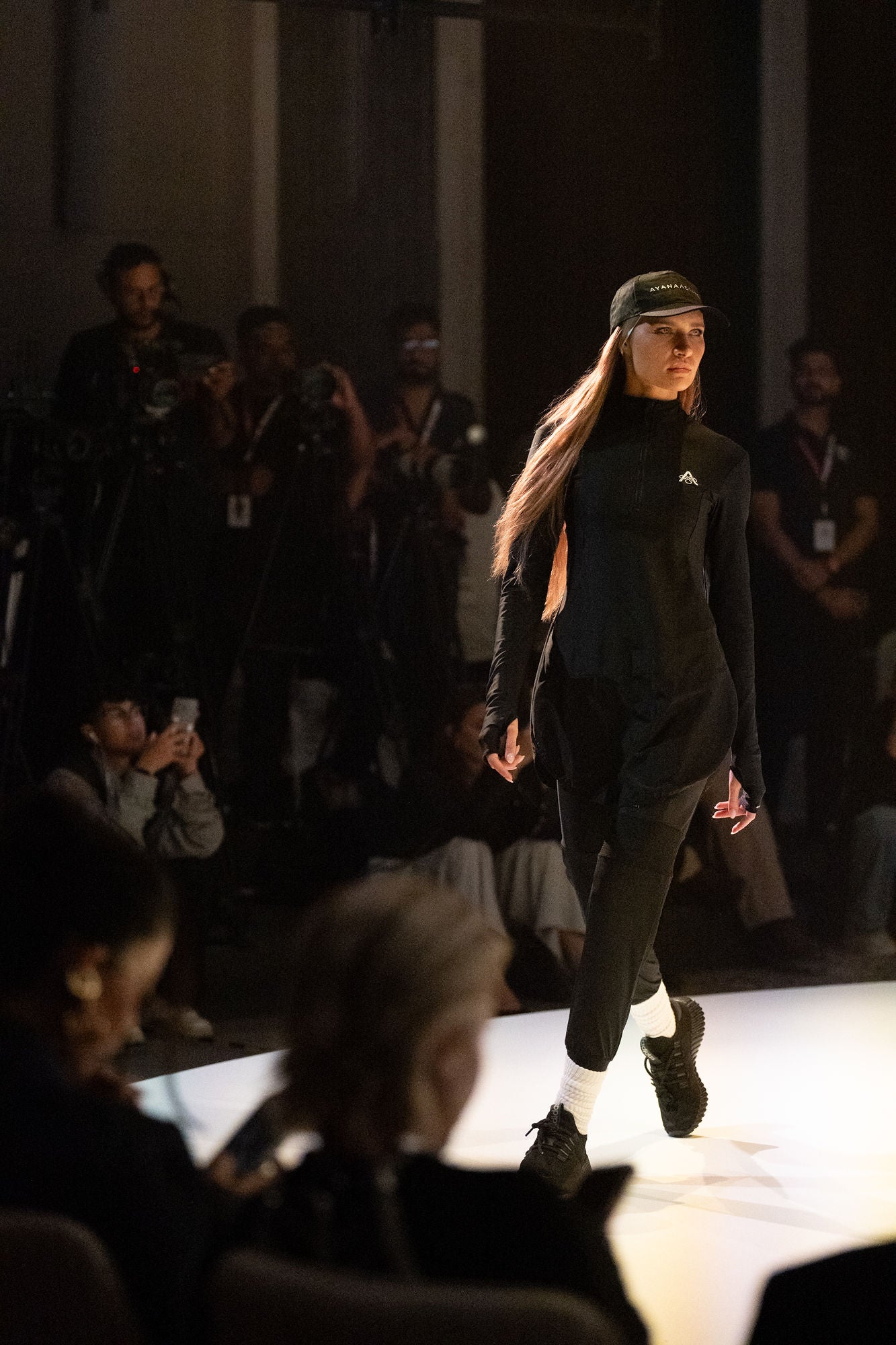The Responsibility of Future Fashion Leaders
During my recent lecture at The Fashion Institute of Technology, I engaging with a group of Fashion History students. Our discussion touched on socio-cultural issues related to inclusivity, cultural appropriation, and representation in fashion. One of the topics that kept coming up was authentic inclusion—what it really means and how designers can truly embrace it. Our conversation surrounded hijab, and got me thinking, it would be great to share my thoughts with you here, because I know it’s such an important topic for future fashion leaders.
Fashion is more than just aesthetics—it’s a reflection of culture, identity, and inclusivity. As designers, buyers, and marketers, and decision makers in this space, we have the power to shape an industry that genuinely represents diverse communities. But there’s a fine line between authentic inclusivity and performative efforts that merely capitalize on diversity. Thoughtful, globally-minded design is essential to creating meaningful and lasting impact.
Learning from the Past: The Illusion of Inclusion
I told my students that we have to learn from past industry efforts when considering how best to bring inclusivity into a brand or design. A key example is Banana Republic’s 2019 hijab launch. While the product aimed to be inclusive, it received backlash from the modest fashion community. Some felt that the hijab presentation didn’t capture the cultural significance of the hijab, leading to discussions about the importance of deeper engagement with target communities. This response, including insights from Haute Hijab’s Melanie Elturk, highlighted the value of understanding the hijab beyond aesthetics. As a case study, this serves as a reminder that inclusivity efforts should be informed by cultural awareness and authentic connections with the communities being represented. Here's how to stay authentic and informed
Here's how to stay authentic and informed
-
Research with Intention If you’re a designer, buyer, marketer etc. You have to actively study global fashion markets and the history of modest fashion. Understanding the real needs of different communities ensures that designs are both respectful and functional. Listen to the people your designs are meant to serve. Engaging with modest fashion designers, cultural experts, and target consumers ensures that inclusivity efforts are genuine. Partnering with brands and designers specializing in inclusivity also helps create impactful collections.
-
Think Beyond Trends—Design for Longevity Inclusivity isn’t a passing trend—it should be a fundamental design principle. Authenticity fosters long-term trust and customer loyalty.
-
Use Diverse & Respectful Representation Diversity in fashion should extend beyond tokenism. Hiring diverse models, creatives, and decision-makers ensures a well-rounded approach to representation.
Future fashion leaders need to look beyond trends and focus on authenticity, research, and collaboration. By designing with purpose, we can create a truly inclusive industry that uplifts all communities. The next generation holds the power to make lasting change—now is the time to take that responsibility seriously.
What do you think? Share your thoughts in the comments!
Stay tuned for more exciting updates from Ayana Active as we continue to redefine the boundaries of fashion, sustainability, and empowerment. Follow us on Instagram @ayanaactive.



